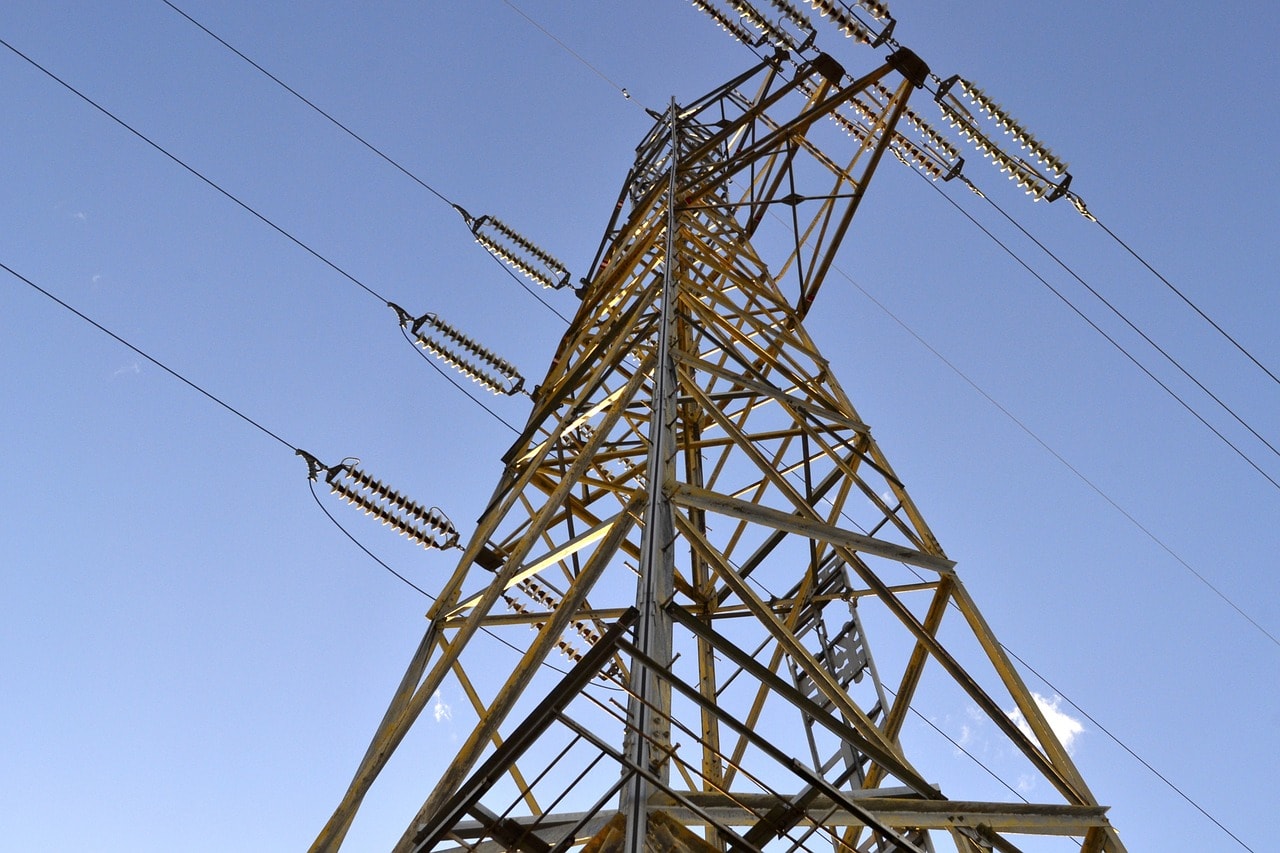ZIMSEC O Level Combined Science Notes: Electrical Power
- Electric power is the rate of doing work or the rate of of using energy
- Electric power is the rate which an electrical device is converting electrical energy into heat or light or any other form of energy e.g kinetic energy in an electric motor
- When current flows through a wire some of it lost as heat energy
- If the wire’s resistance is high the wire becomes very hot
- For example a water heating element or an electric bulb
- A lot of electrical energy is lost as heat energy
- The amount of heat energy produced by a wire can be calculated from the electrical energy used
- The electric energy used can be calculated by the following formula:
- Electrical energy used=volts x amps x seconds
- E=VIt
- \dfrac{\text{Work done}}{\text{time taken}}=\dfrac{\text{Volts x Amps x Seconds}}{Seconds}
- Electrical power=voltage x current
- \text{P=VI}
- It is measured in Watts
- The formula can thus be expressed as:
- watts=volts x amps
- But from Ohm’s law we know that:
- \text{V=I x R}
- Note that we have changed the subject of the formula in the equation:
- R=\dfrac{V}{I}
- If we substitute the value for V in the formula above we get
- \text{P=I x (RxI)}
- This can be further simplified into:
- P=I^{2}R
- This formula is used to calculate how much power is lost due to resistance in Transmission lines used by Power companies such as ZESA.
- The resistance of the transmission wires lead to energy being lost during the process in the form of heat energy
- See the calculations section to see examples of electrical equation calculations in action
To access more topics go to the Combined Science Notes page.



